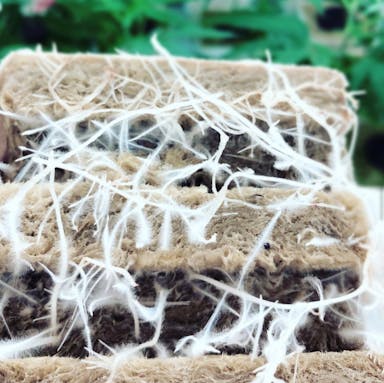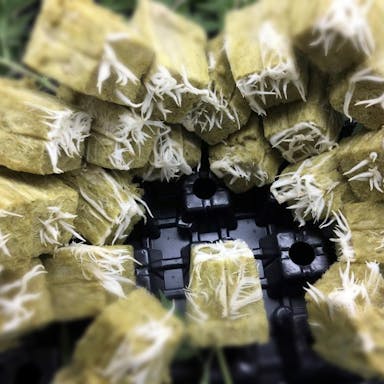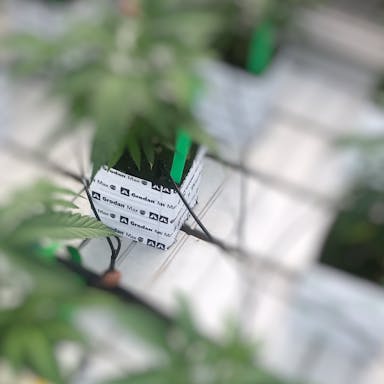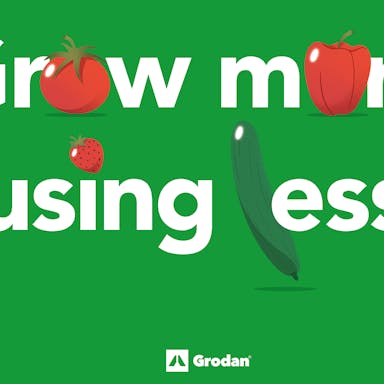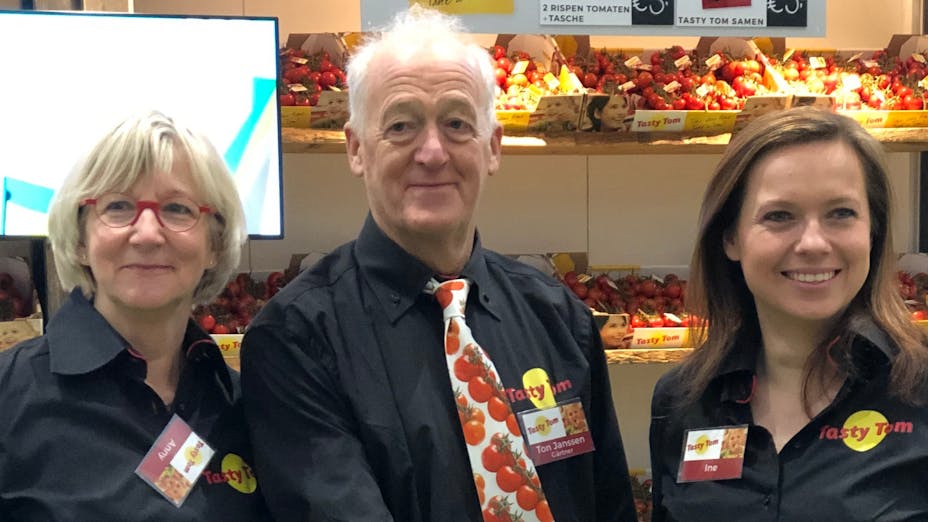How did it all start?
“I inherited my entrepreneurial mindset and drive from my father. He was a market gardener and had seen the large beef tomatoes while he was on holiday in Italy. When he decided to start growing beef tomatoes, he was a true pioneer as no one else grew them at the time. It was the same with me. In the 1990s I wanted to develop a tomato with a positive message to counteract the negative stories about Dutch tomatoes that were being spread. Together with the Vereijken and Verbeek brothers, I decided to market a tomato bursting with flavour with a brand name that every consumer could recognise. Just like Chiquita bananas!
Back then no one used a brand name, so people thought we were crazy. But this combination of a tasty tomato with a recognisable name that is protected from being used by others has brought us amazing levels of success. We currently export to Germany, the Scandinavian countries and the UK. We will be celebrating our 25th year in September."
How do you see the future of tomato cultivation?
“Tomato growers are facing a series of major challenges. New viruses keep emerging in succession and sustainability is an increasingly key issue in the greenhouse.
But what I find exciting in the greenhouse sector is that new challenges are always met with innovative solutions. To give an example, the changing climate means that all of a sudden we have to deal with insects in the greenhouse that we have never seen before. To cope with this, we apply a confusion technique with substances that lure the insects. This allows us to control the new pests without resorting to crop production products. That kind of solution is fantastic."

